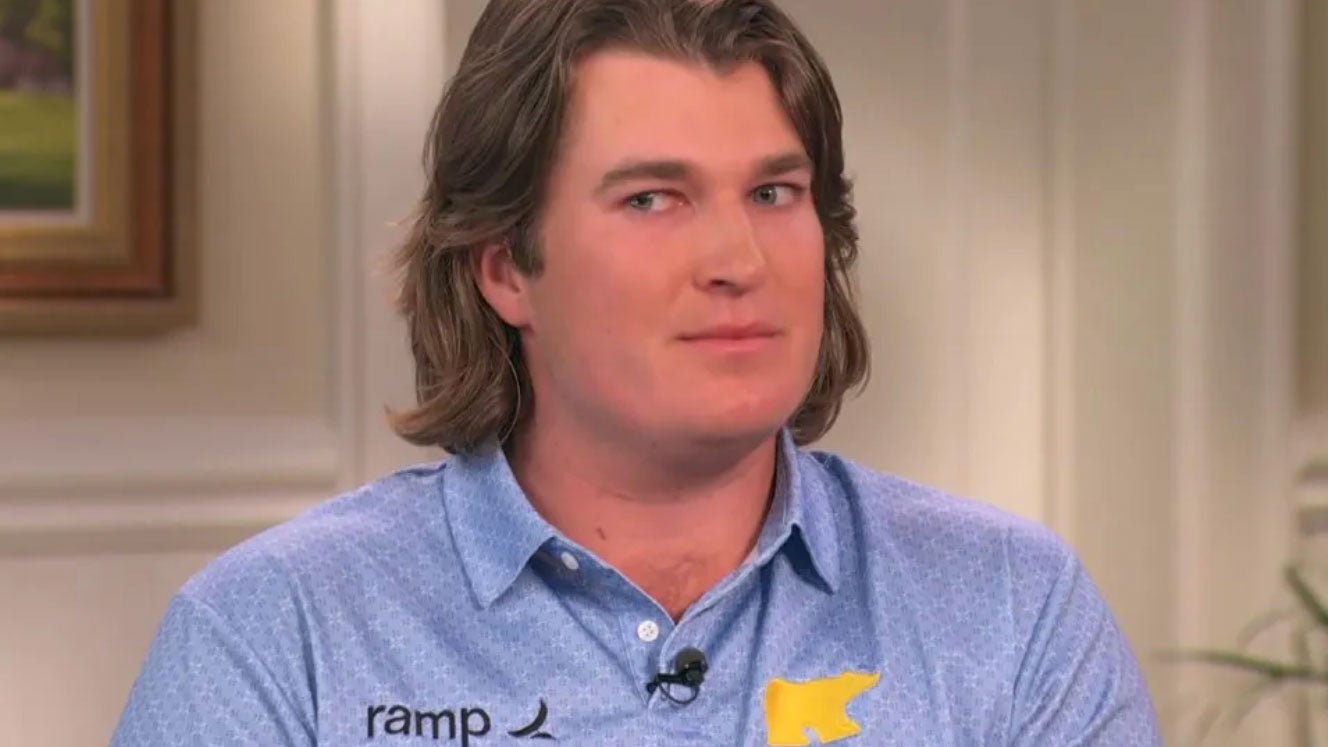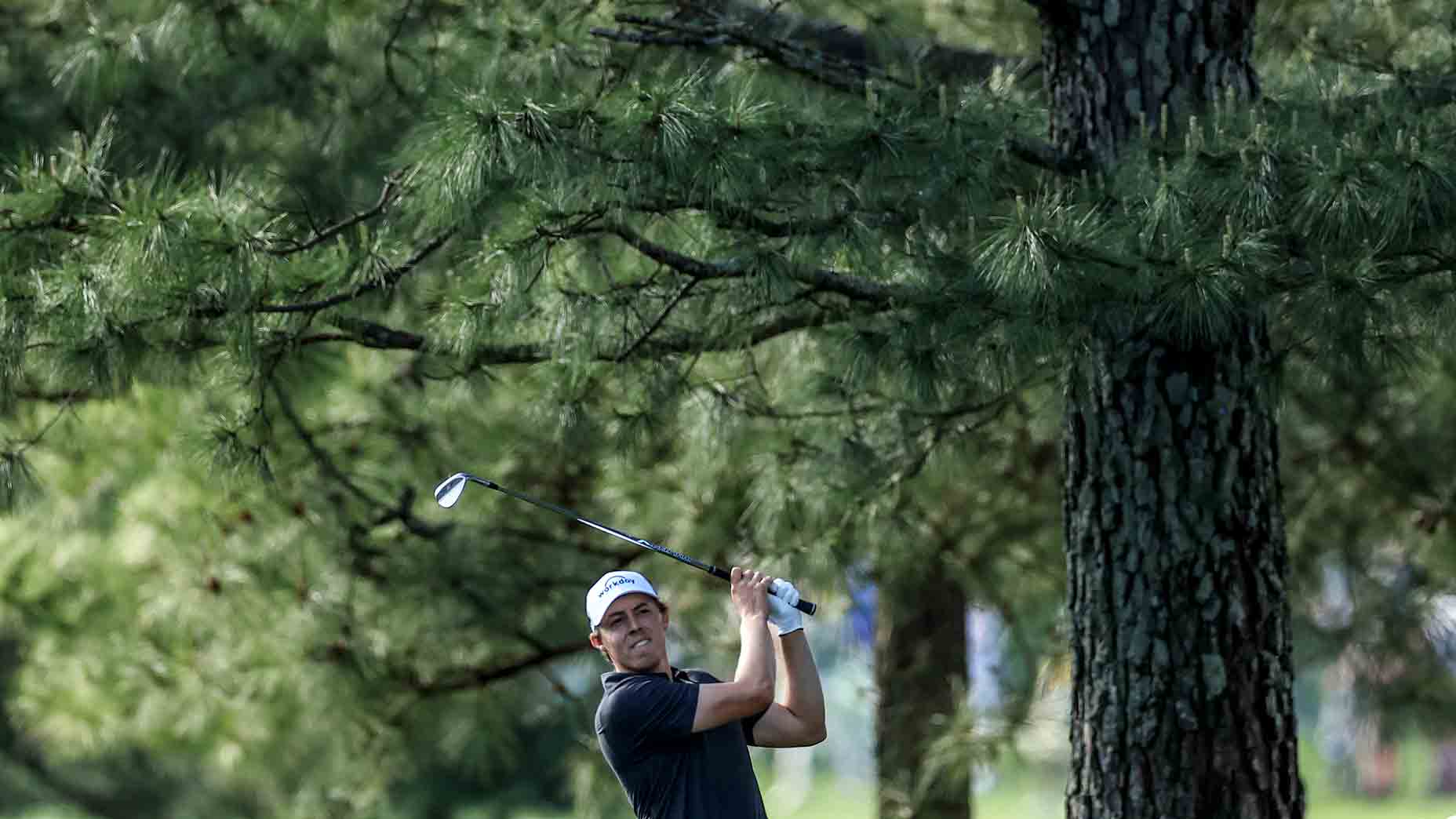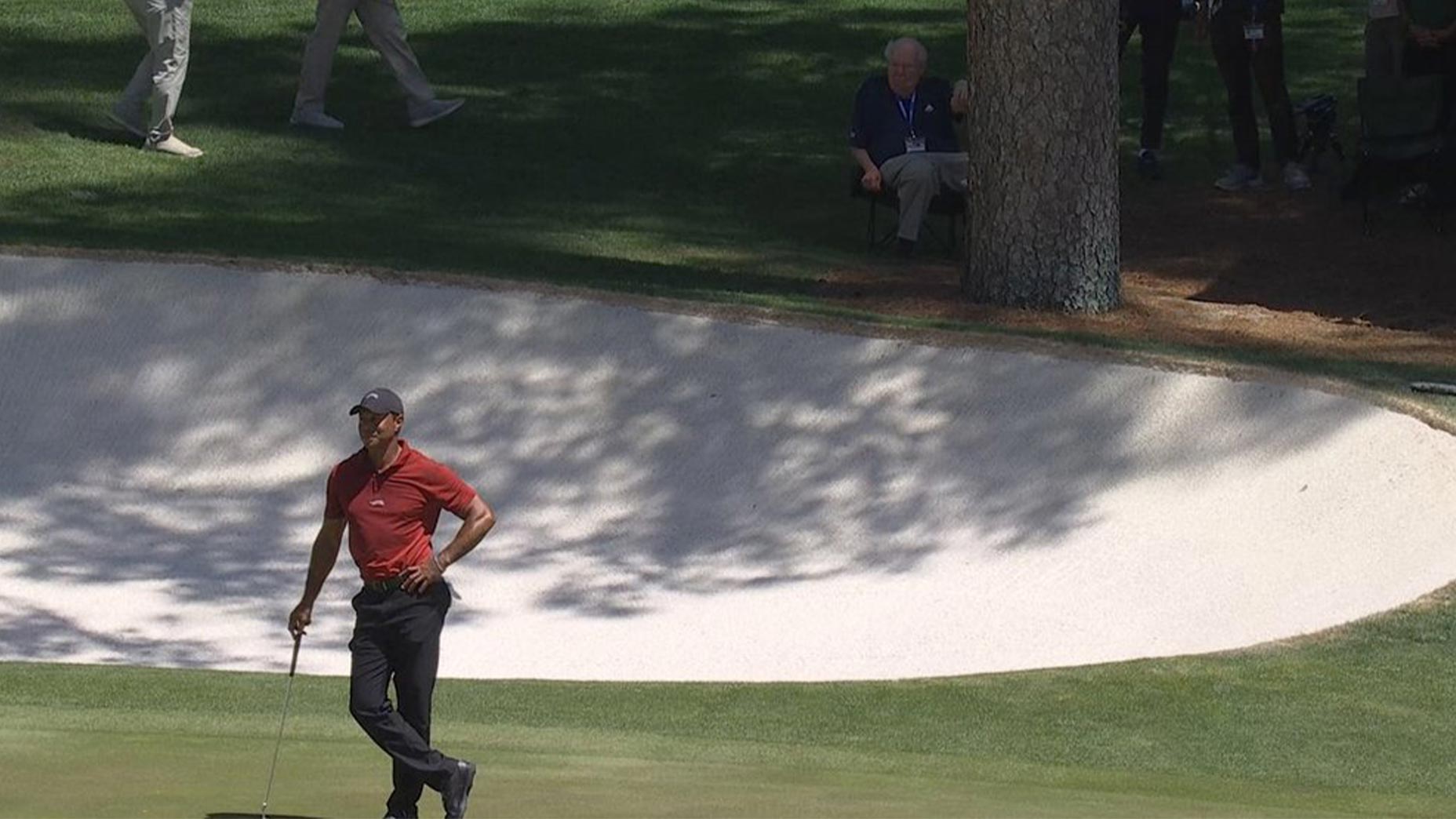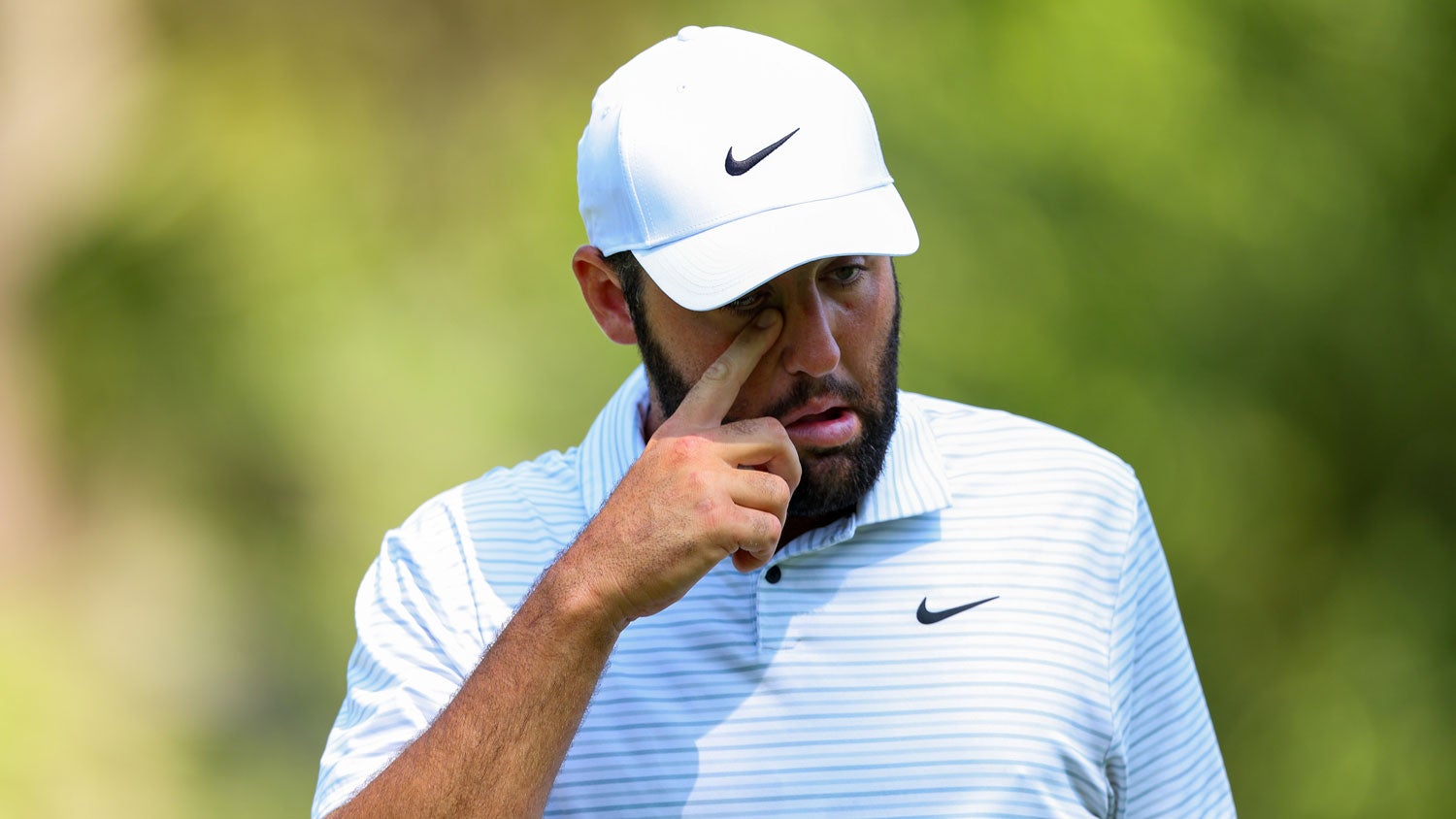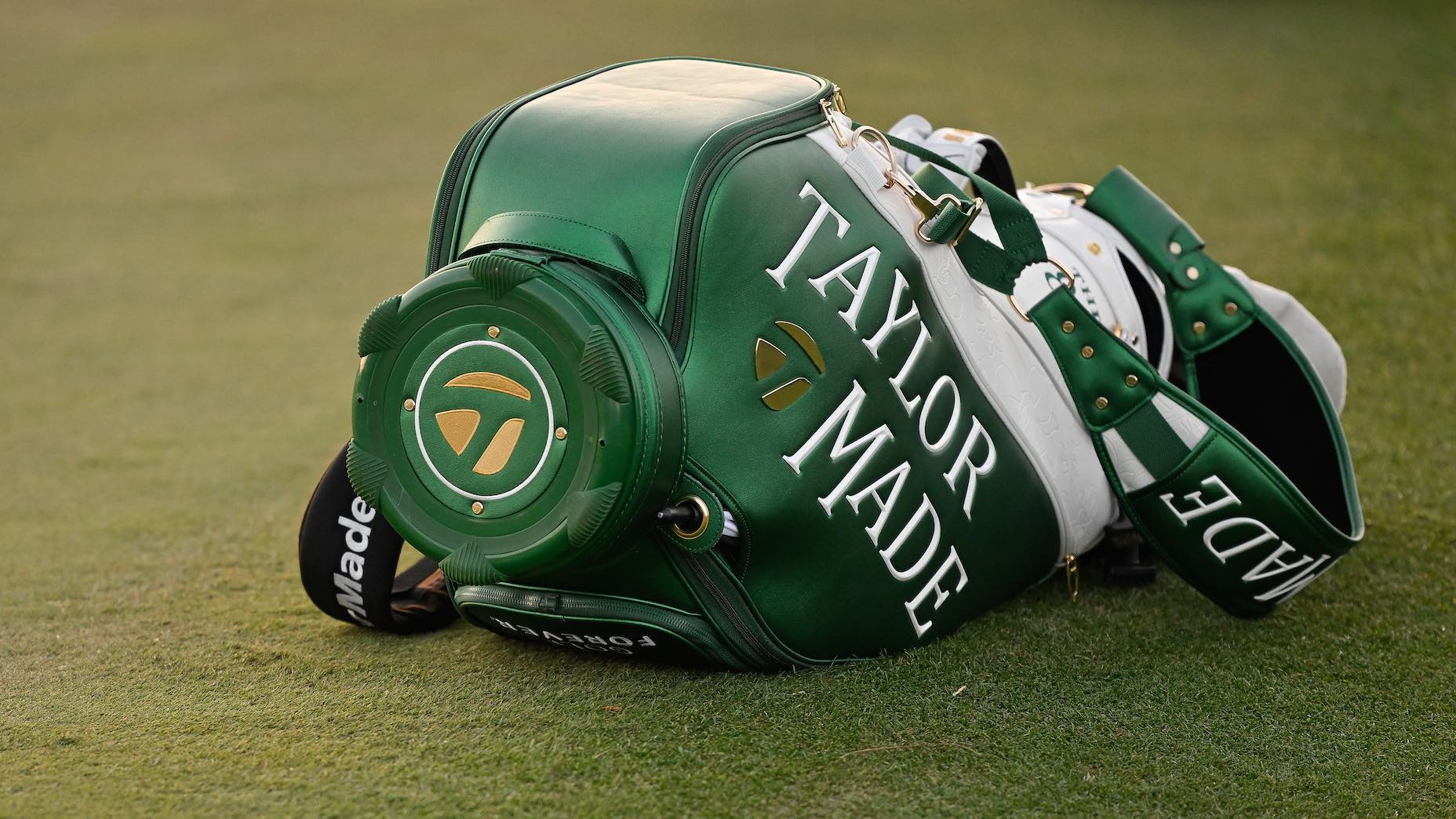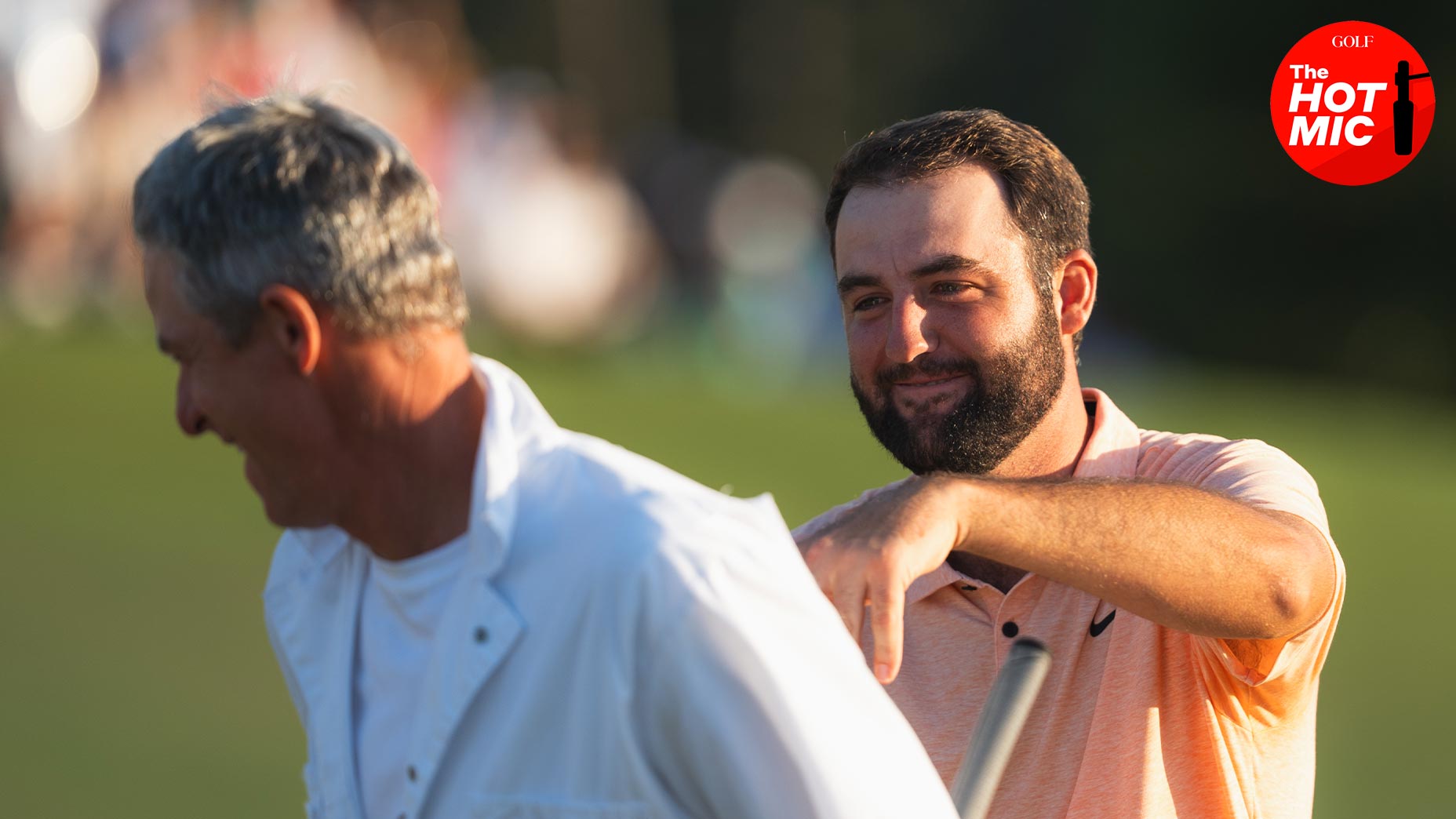‘I shoveled a lot of s—‘: How Ian Woosnam bomb-and-gouged his way to a Masters green jacket

It wasn't pretty, but years of hard work turned Woosnam into one of the strongest pound-for-pound golfers in history.
Getty Images
AUGUSTA, Ga. — Milking cows was easy. Tractoring was the hard part.
“You don’t know what that’s like,” Ian Woosnam explains. “We had tractors with no power steering. When I was plowing the fields, I had to put everything I had to roll it.”
Woosnam was the youngest and shortest of his brothers and sisters, which meant farm work was always a particular challenge for him. But amid the struggle came a realization: The work was hard — that wasn’t changing — but it became easier the stronger he got.
It wasn’t until years later that golf entered the fray, and by the time he strolled Augusta National’s back nine during the 1991 Masters, Woosnam had morphed into something akin to a human bowling ball. Just 5’4″ tall, but with forearms the size of two loaves of bread and a trunk like a barrel, he looked like Popeye with a golf club. His blistering golf swing made him the premier pound-for-pound driver of his era, and maybe ever.
Not since Jack Nicklaus had a golfer muscled his way through the Masters like Woosnam did in 1991, and no golfer would again until Tiger Woods’ reign over golf initiated at Augusta six years later.
Nowadays, golfers of all levels recognize the importance of building strength, speed and athleticism in the golf swing. Woosnam got there almost by accident, but made history at the Masters along the way, as he shared with GOLF.com in a recent interview.
RELATED: To bet on the Masters, head over to BoyleSports Golf betting
‘I shoveled a lot of s—‘
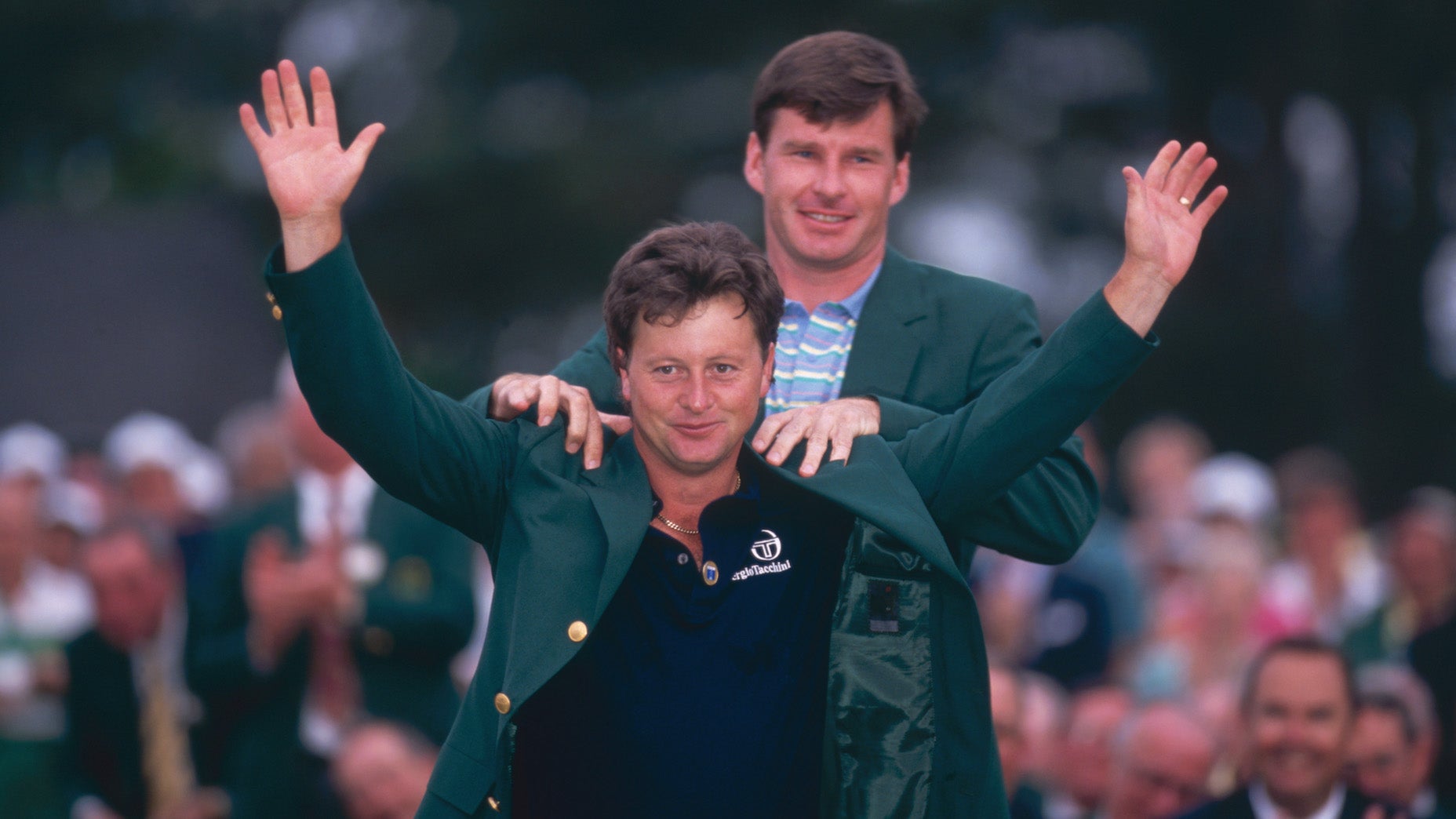
A young Ian Woosnam’s day started at 6 o’clock sharp. As soon as the alarm went off, there was one place he needed to be: The cowshed. His parents ran a dairy farm in the summers, and that meant the cows needed milking twice a day. It was an easy start to the day. Two hours of milking, then a quick breakfast and back on the farm.
The rest of the day was filled with hard labor. Plowing the fields. Fetching, bailing and moving hay bales. Driving tractors. And of course, the general work that goes along with a cattle.
“I shoveled a lot of s—,” Woosnam says, laughing. “It’s all very different than what the kids do nowadays. But throwing hay bales is actually a lot like the golf swing, if you think about it, with the rotation involved.”
The work was never easy, but it got easier the stronger he got. He wanted and needed it, so he started using everything he could to get more. He’d practice trying to drive the tractor gripping only with his fingers. When the family would gather around and watch television, Woosnam would join them and squeeze tennis balls to strengthen his wrists. When those started to give out, he’d sit up against the wall and hold bricks on his thighs. One day, Woosnam had the idea of attaching one of those bricks to a stick using a rope, which quickly became one of his favorite exercises.
“Roll it up, and down to the floor, then up and down again,” he said. “That got your wrists and forearms really strong.”
Golf was mostly a passing interest at this point, and he gave little consideration to the idea he’d end up in a green jacket one day. The seedlings of those ambitions were only planted one summer, when he and his dad decided to erect a net in the cowshed for a bit of post-work fun.
“After we finished work, we’d practice hitting golf balls into that net, swinging as hard as we could,” he said. “Basically, that’s how I learned how to play.”
RELATED: To bet on the Masters, head over to BoyleSports Golf betting
‘Compress the spring’
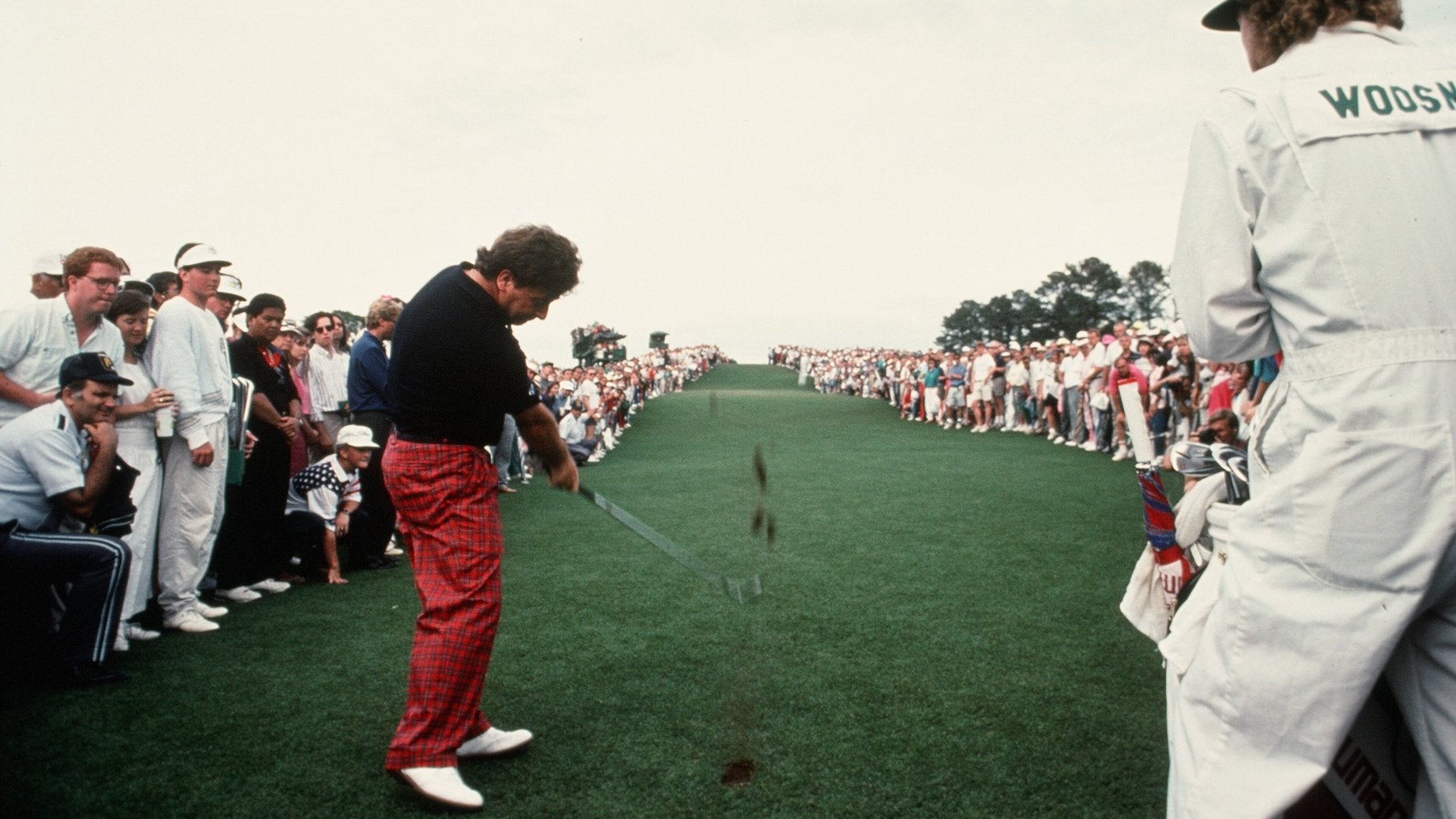
When pros arrive on the hallowed Augusta National grounds for the 2022 Masters, it’ll mark the culmination of weeks, months, and years of targeted work.
Modern era professional golfers employ an army of experts, who use state of the art technology to pinpoint specific weaknesses in their bodies. They’ll compliment it with intently-targeted speed training sessions; stretches of time where pros will swing ashard as they can, tracking the ball speed on each shot they hit, with little concern for where the shot itself actually goes.
Whether Woosnam realized it at the time or not, his game was forged in the kind of speed-first environment that pros exist in today.
Back on the farm, Woosnam would practice in the cowshed net after the second milking of the day, before dinner. He’d swing as hard as he could. Harder than he thought he could, and then harder still. He didn’t care about where the ball was going because the destination for each was the same: A net a few feet away. All he cared about was the contact, and the speed.
He was about 13 years old at the time, and only playing about once a week on the course, occasionally more during the summers, when his dad would let him sneak off to the nearest golf course 14 miles away for 9 holes before his final cow milking shift at the end of the day. Those rounds became the place he learned to control his power, but not in the way those around him often instructed.
Countless times Woosnam was told to swing softer. That idea never resonated. The goal was sending the speed he’d created in the right direction, not sacrificing the strength he had worked so hard to earn. It led him down the path to a singular swing thought, based on a simple notion.
“I was always taught to swing around my head. It was just sort of a turn and a turn. The stiller I kept my head, the better it was,” he said. “I can only explain it like tighten up the spring and you releasing it. Compress the spring and let it go. That’s what I tried to do in my golf swing. I wanted to get the golf club to the top of the backswing, and if I put it in the right position, I could hit it as hard as I possibly could without hitting it too far offline.”

By April 1991, Woosnam had become a master of his craft.
He had won 17 times on the European Tour, and cemented himself as a backbone of Europe’s new-look Ryder Cup team, which had won or retained three of his first four appearances. He arrived at Augusta National World No. 1, with a major the only gap on his formidable resume.
Woosnam’s strategy for the 1991 Masters was the same as it always had been: Hit it hard without being too far offline. Through 54 rounds that had gotten him to 12 under par and built a three-stroke lead. But as often happens on Sunday at Augusta, the nerves ticked up, and the wheels started to wobble.
Swinging a steel-shafted wooden driver head (he was a late-adopter to the emerging metalwood fad) in the final group alongside 42-year-old Tom Watson, Woosnam outdrove him on every hole. Twice the Welshman drove his ball into the gallery on the back nine on Sunday, and three different times — on 11, 15 and 18 — Woosnam drove his ball over 300 yards.
RELATED: To bet on the Masters, head over to BoyleSports Golf betting
The 18th hole was the pivotal moment and, indeed, became the iconic moment. Jose Maria Olazabal, his co-leader, had found the trees off the tee. It presented an opening for Woosnam, just when he needed it. It reminded Woosnam of a story his mother once told him. Coming into the final hole with the lead in a local junior tournament, his mother, in the gallery, wanted him to wedge something into the fairway. Woosnam opted for a driver.
“Let him learn the hard way,” Woosnam’s disapproving father said, as Woosnam tells the story.
Woosnam sent it down the middle, and won the tournament.
That day at Augusta, Woosie did what he did best. He pulled his driver, aimed at the left bunker, and walloped a drive over it.
“He let it go,” commentator Pat Summerall said on the broadcast. “I tell you what, he didn’t leave anything back on the 18th tee.”
Surrounded by spectators and facing a blind approach from a yardage that was difficult to calculate — after all, who else could hit their drive over the bunker on 18? — he muscled a short iron greenside and chipped his ball 8 feet long of the pin. He buried the putt, and with it, his place in history.
Hard and not too far offline. It was a simple strategy that was ahead of its time. One that took a lifetime of painstaking, unglamorous work to fulfill, and the engine behind a Masters memory that will live forever.


